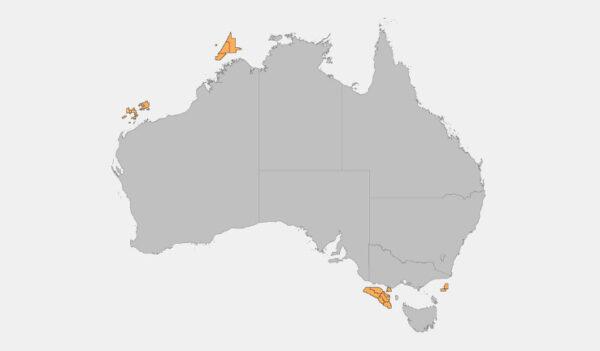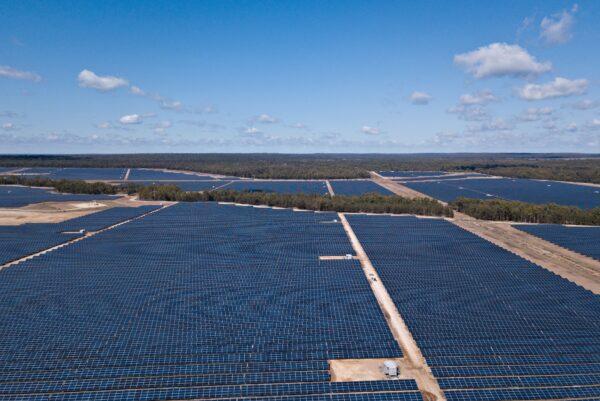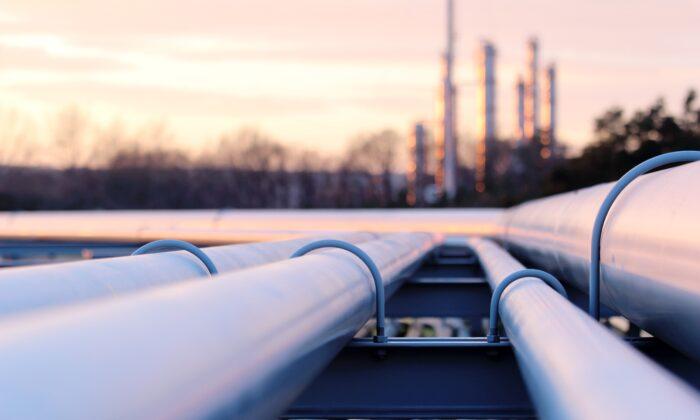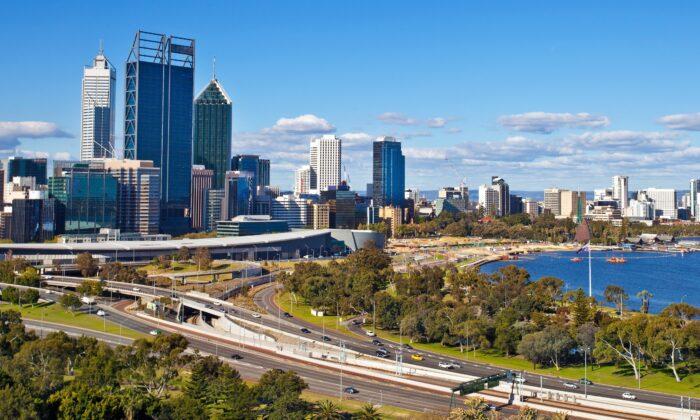The Australian Government has opened up 80,000 square kilometres (30,000 square miles) of coastal waters for oil and gas exploration amid a shortage of supplies on the nation’s two key commodities.
Industry stakeholders will be expected to bid for exploration rights in a total of 21 areas off the coasts of Western Australia, Victoria, and Tasmania—part of the 2021 Offshore Petroleum Exploration Acreage Release unveiled this past week.

“Exploration will continue to play a key role in supporting Australia’s economic growth by encouraging investment in development prospects, as well as unlocking additional supply,” Pitt said. “This is consistent with the drive to deliver current projects as well as the potential to increase supply into the East Coast market.”
In addition to mounting concerns regarding gas stores, Australia is also the only country failing to meet International Energy Agency (IEA) requirements of maintaining at least 90 days worth of oil stock in reserve in case of a severe oil supply disruption, currently sitting on around 68 days.
However, the Climate Council, a climate change communications non-profit organisation, believes that Australia should turn away from gas altogether in a bid to reduce its carbon emissions.

Rice warned that Australia could face carbon tariffs from trade partners should the country not enact harsher climate change policies.
“The world sees through our climate-wrecking hypocrisy and is losing patience with Australia, and it is Australian workers and businesses who will wear the consequences, such as carbon tariffs from G7 economies,” Rice said.
Rice argues that Australia should follow climate science and rapidly reduce emissions this decade by creating no new coal, oil, and gas projects.
The Australian Government has pushed for gas alongside a transition to carbon-emission-free sources, such as wind and solar, as the nation shifts away from coal power.
The government has suggested intermittent power generation from wind and solar, which doesn’t create energy when the wind subsides, or sunlight fades, can be substituted with a “dispatchable” form of energy that can be deployed when needed, such as gas.






Friends Read Free